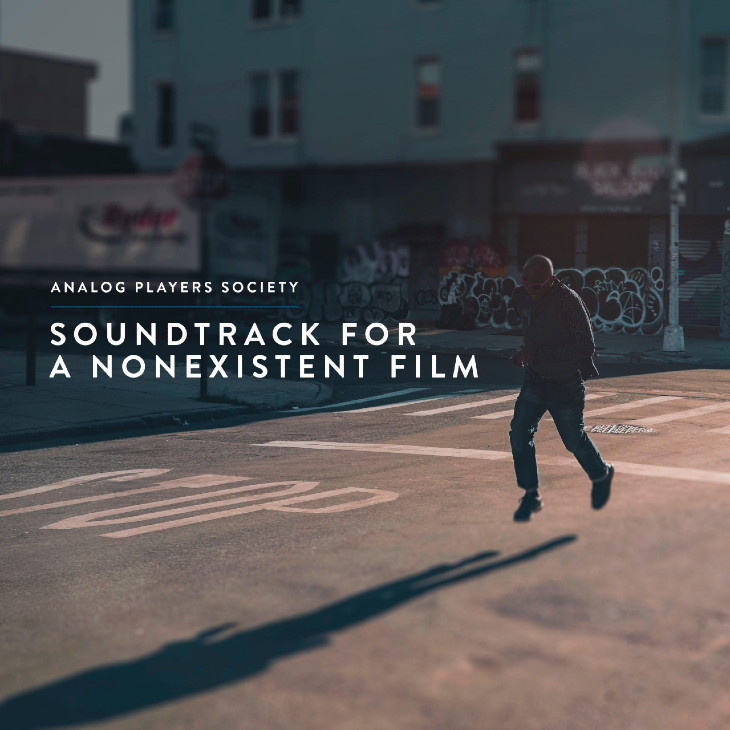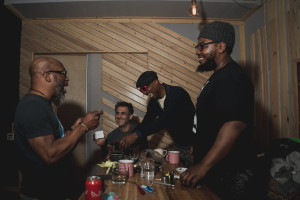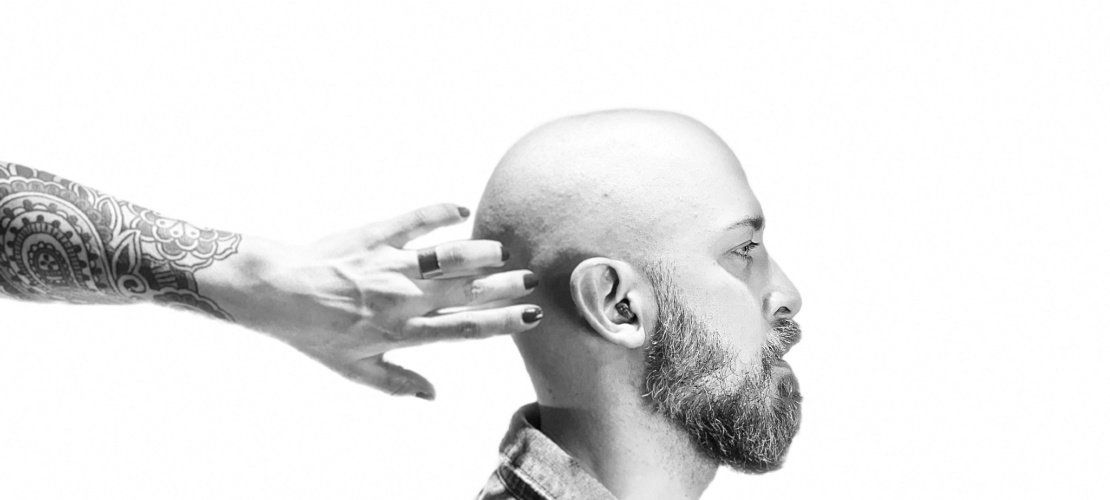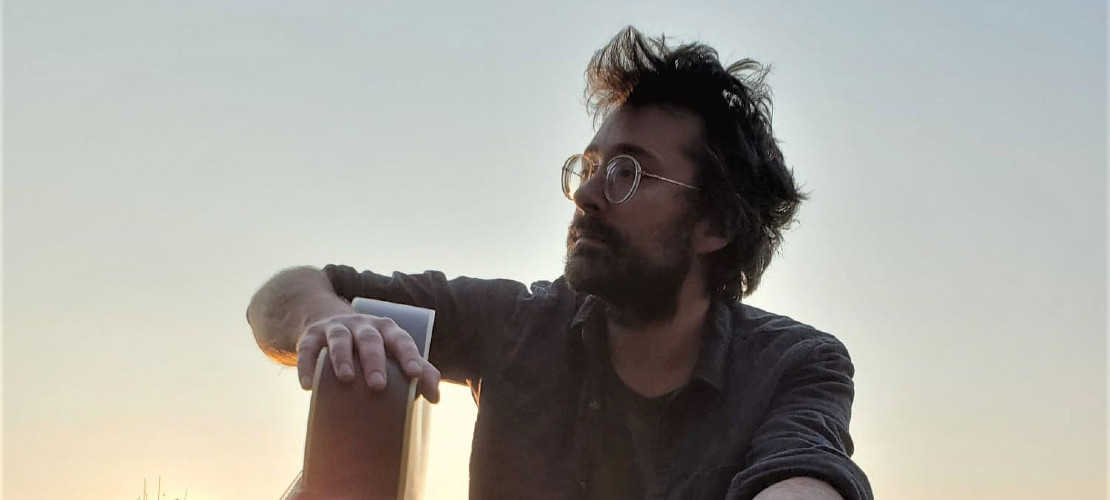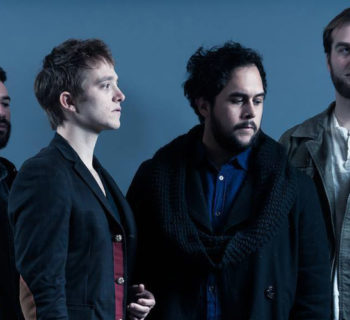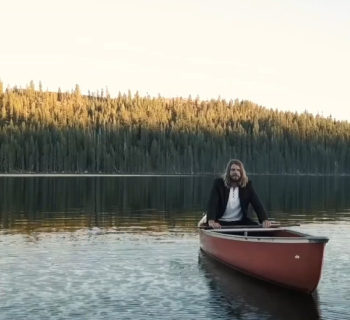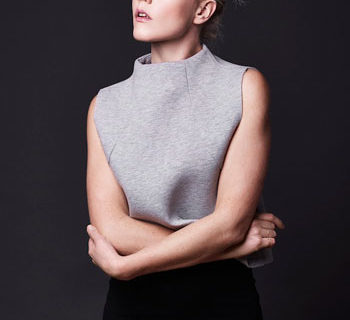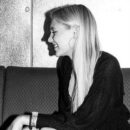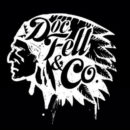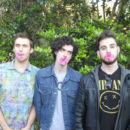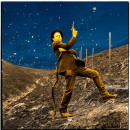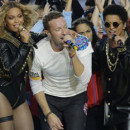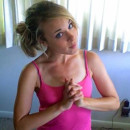INTERVIEW: ANALOG PLAYERS SOCIETY - THE FINE ART OF IMPROVISATION
Analog Players Society (APS) unveils the music video for “Chase,” a track lifted from their forthcoming album, Soundtrack for a Nonexistent Film, slated for release November 6.
A collective founded by producer and engineer Amon Drum, Analog Players Society is made up of a rotating cast of New York City’s elite musicians. Akin to a gardener, Amon strolls through his plot “cherry-picking,” taking and keeping the best for himself.
APS’s sound blends elements of jazz, dub, funk, soul, and Afrobeat into delicious sonic confections with a tart tang to them. The tang extends from the improvisational aspect of APS’s music, where the players respond to each other and the flow and direction of the music – spontaneously. In other words, the music is adlibbed; it’s not rehearsed; there is no preconceived structure to follow.
Rawckus caught up with Amon Drum to find out how APS came into being, his influences, the inspiration for “Chase,” and more about the upcoming album.
What prompted the formation of Analog Players Society? What’s the backstory there?
I was running The Hook, a hidden gem in Red Hook, Brooklyn back in the day, and through various sessions, I got to meet incredible players who were always down to work on creative projects. People we started working with include the late Ethan White (Tortured Soul), Will Jones, and Dave Smith (TV On The Radio) John Natchez (The War on Drugs), Jonathan Powell (Eddie Palmieri), Sean Dixon (Miyamoto is Black Enough) to Cecilia Stalin (Koop). What resulted was a rotating supergroup, and we launched with an initial string of 7” releases, featuring ‘80s covers to the West African inspired EP, CYK to JFK. This resulted in remixes and further collaborations with Soul Clap, J Kriv, Turntables on the Hudson, and others. Our original one-liner still holds true today: “State of the art 1970’s technology…Nasty horns...Big drums…Sweaty dance floors...Paradise.”
APS took a brief hiatus when I transitioned out of The Hook and designed and built The Bridge Studio in Williamsburg. I was so slammed with engineering and mixing for clients after we launched, I didn’t have a moment to work on my own music. Then, I was inspired to revive it thanks to Ben Rubin, who co-produced and brought together the recording session with these incredible jazz cats that gave us TILTED and Soundtrack for a Nonexistent Film.
Who is your favorite music artist?
Don’t have a favorite artist really - too much great music out there to limit myself to just one.
Which musicians influenced you the most?
Herbie Hancock, Miles Davis, Led Zeppelin, DJ Shadow, Run-DMC, Public Enemy, Tool.
Which artists are you listening to right now?
Run the Jewels, Ezra Collective, Jamila Woods.
Is your music, your sound, evolving? If so, in what direction?
It is always evolving. Next up is a synth-heavy album that is like Blade Runner in Mumbai. After that, we are finally going to work on the follow-up to CYK to JFK. Stay tuned.
What is your songwriting process?
There is a process?
To me, 'Soundtrack' is an emotional, sample-based expression of right fucking now.
What was the inspiration for the music video “Chase?”
In “Freedom Is, a Fraction of Humanity!” on TILTED, there was a little second where the guys touched on this punky kind of thing, which I kept coming back to during quarantine. When there is an emergency, I have this urgent feeling I’m going to get cut off from making music. That’s why we always have an instrument and a setup in the house so there is some way for me to express what I have to say. And I kept thinking about that little punky 5 seconds that passed by in the song and started to run with it...it was an intense, scary time - If it’s not a hurricane, or the man, or the pandemic, it’s coming for you. That then inspired the synth bassline I came up with - a grind like rock and roll, but in my own way, which led me to choose a bass synth. I spent hours trying to figure out the right sound, the right tone. The original idea was to have a car in a ‘70s bad cop movie, where the car jumps over the bridge and everything goes in slow motion when they hang in the air. Later on, Jude Goergen, our Director, said while we don’t have the budget for that - let’s find a way to incorporate that kind of idea into something that’s more personal to us in NYC. So after I finished the song, I described all the scenery about this chase scene I kept imagining. We riffed back and forth and came up with a concept that you’re running from something, but you don’t know what it is.
Where was the video shot and who directed it?
The video was shot in multiple outdoor locations throughout Brooklyn and Manhattan. Our longtime friend and visual collaborator, Jude Goergen, directed it, edited, and shot it. He is a creative genius.
What do you want people to take away from the music video?
It’s that we are all in this together. We might be chased by something for a while, but don’t discount yourself. You have farther to go. We all have farther to go. It’ll mean something different for everyone, but it’s a common theme or feeling.
You have a new album, Soundtrack to a Nonexistent Film, releasing November 6. What can you share about the album?
After the epic live jazz recording session, we put together with tenor saxophonist Donny McCaslin (David Bowie’s last bandleader on Blackstar), pianist Orrin Evans (the Bad Plus), and bassist Dezron Douglas (Ravi Coltrane) and drummer Eric McPherson (Fred Hersch Trio), Ben Rubin and I decided to release a portion of it, as is because it was so damn good. TILTED became the first in a two-part series. Ben and I went back to the lab to slice and dice parts of the session to create new works, a nod to the classic, sample-heavy production of Hip-Hop’s Golden Age. To me, Soundtrack is an emotional, sample-based expression of right fucking now.
On my tracks (1 - 6), I envisioned more of an odyssey to get someplace, which inspired the title of the album. After “Chase,” for example, you get to “the safe place,” where everything is great, and you look out to the corner where everything is crazy, but at least you’re safe. Then the journey gets a little more intense with “Water Rising” - it’s getting more dissonant. All the synths and distortion in the background symbolizes the water, getting moved around by cars and feet. You finally land in what you think is a nice neighborhood but realize you’re in a place where all eyes are now on you. So you “Act Cool,” which you tell yourself to do until you turn another corner. This theme keeps going until you hit “Space and Time.” This is a loop, but it’s a loop where you don’t know you’re in a loop. It doesn’t feel like a loop, but you’re in it. Just like in 1918 - we were in a pandemic, and asking ourselves similar questions, I think, that we are asking ourselves today. When Ben and I were in the studio, he made a crazy call. He said, ‘Let’s not do this to a click.’ Initially, I thought he was crazy. We are trying to sample our own session, to make instrumental Hip-Hop, and you don’t want to record to a click?? He said, “Nah.” So I said, ok! That’s what makes us great partners. This was the right call, because Donny, Orrin, Dezron, and Eric could be free. So instead of using crazy technology to lock these performances onto a grid, I thought back to the stories I heard about J Dilla, and I remembered how it was like when I was making beats with Jude on the ASR-X. We never locked anything to a BPM. It was based on the sample - you felt it. Old ‘70s records weren’t recorded to a click. You start with the snare and end with the snare, and all the ebb and flow in between, the stretching of time, is in the sample. That’s the difference, in my opinion, from the music of today. It’s all quantized, it’s all in a grid. I could have locked everything to a grid in Pro Tools but chose not to. I used the loops as I would have in the ‘90s. So, you’ll notice, for all the producers out there, if you try to tempo map it, you’ll see it’s “real,” and not locked in the grid. Who needs it to be? I limited myself when I was making this to use ONLY elements of that session, no drum machines, just a little analog synth, and some percussion elements. I wanted to challenge myself to be as real as possible. I find when I limit myself, I can find new inspiration and creativity. Less is more.
Ben’s tracks (7 - 11) are a completely different take on the session, proving that for every single moment of music, there are as many possibilities as there are stars in the sky.
What’s next for APS?
We are wrapping up an album featuring Falu. It’s going to be incredible and is completely different from this album. But it’s still going to be dirty, with big drums, synths, and beautiful vocals. The project is being produced by myself and Sean Dixon, who is another amazing producer, multi-instrumentalist, and a core founding member of APS.

